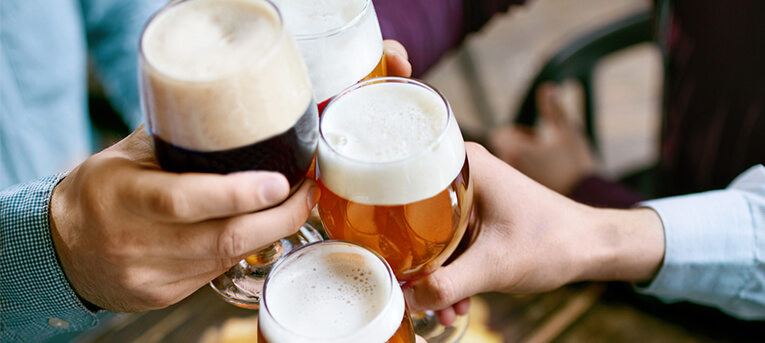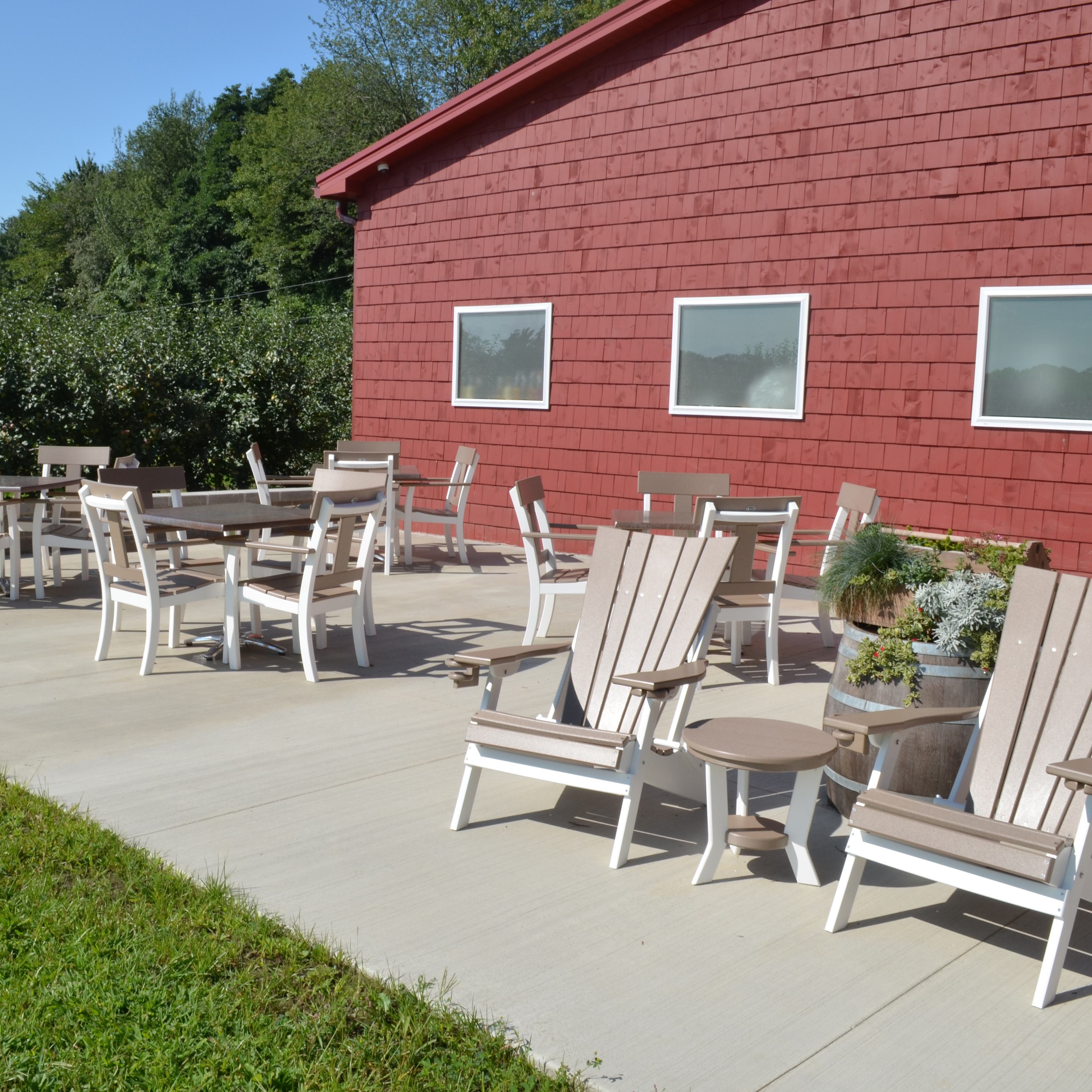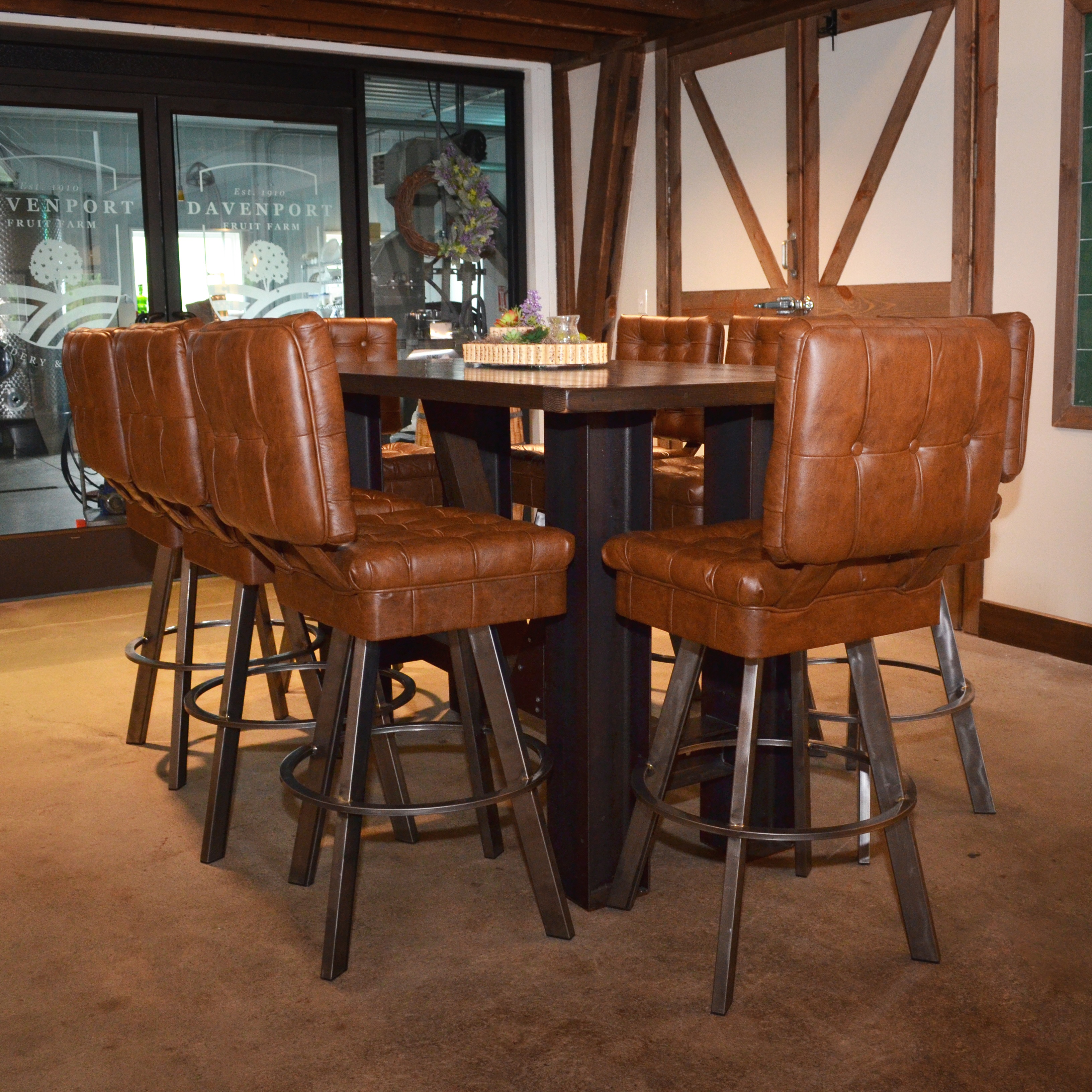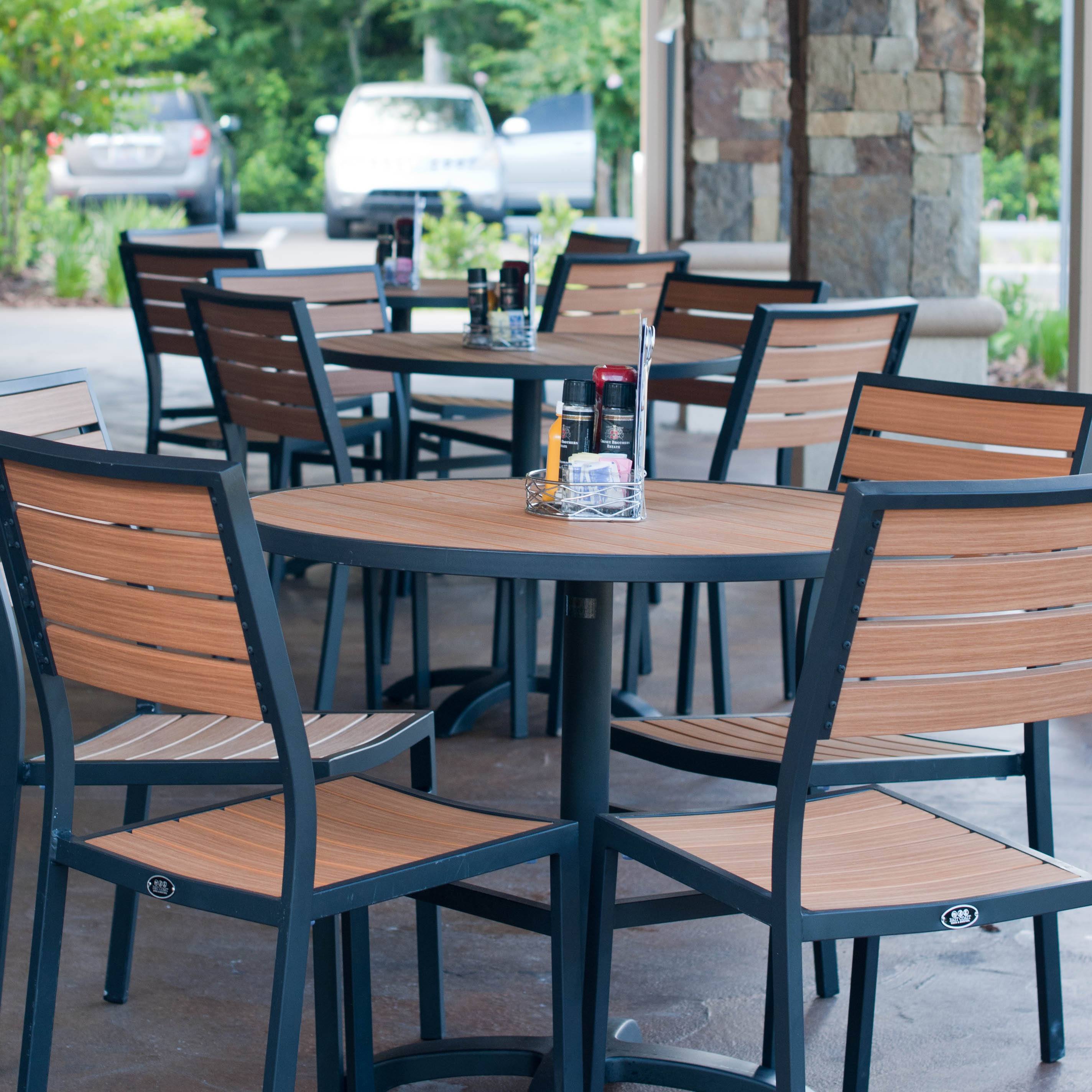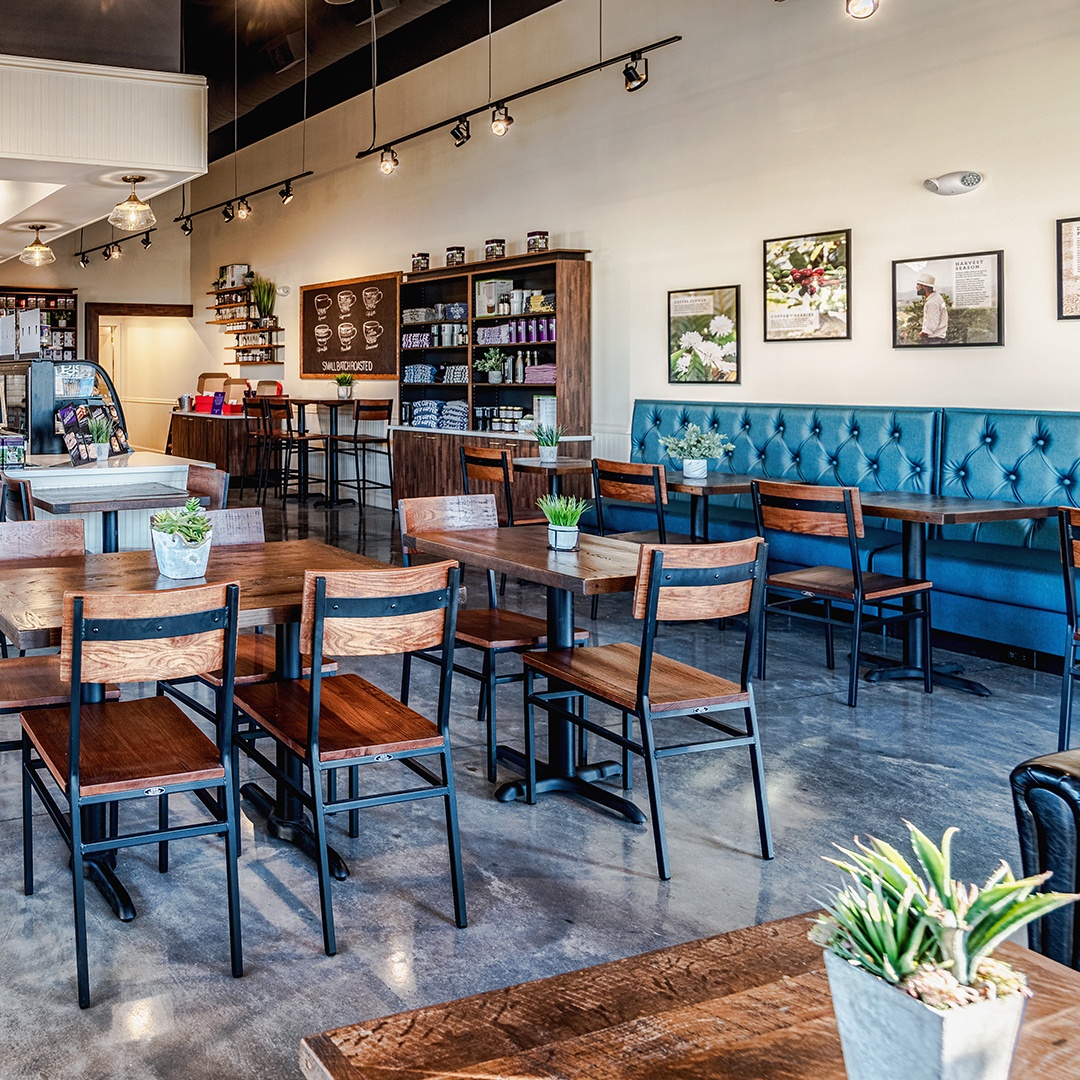Happy hour can bring in big crowds and be a huge sales draw. It can also poach customers from your more lucrative lunch or dinner service and cause major damage to your bottom line — if it’s not done carefully.
The appeal of getting a discount on a drink and a snack while unwinding from the day is undeniable. In fact, 60.5% of average weekly sales for bars & restaurants come from happy hour, according to a Nielsen study.
Here are some tips you can use to keep your happy hour profitable, instead of putting you in the poor house.
Legal landmines
Before jumping into your happy hour plans, remember that providing drink specials for an hour or two per day is not legal everywhere. Massachusetts, North Carolina, Alaska, Maine, Indiana, Utah, Vermont, and Hawaii all ban what we think of as “happy hour” — discounted drinks for a short time per day. (Some of these states may allow drink specials for a full day, which could allow you to do an all-day happy hour.)
Even in states where drink discounts are legal, some still have specific rules. For example, Delaware requires that drink prices always be at least 6% higher than the cost of making the drink. And in Rhode Island, drink specials can’t go into effect until 6:00 pm on weekdays and are banned entirely on weekends. Plus, advertising those drink specials is banned by Rhode Island state law.
So make sure you’ve gone over your state and county rules for happy hours carefully before you get started. Once you’ve clarified the law, you can start working on increasing those profits.
Timing is everything
If you’re going to make the most of your happy hour, it’s crucial to get the timing right.
First, consider how long your happy hour (or hours) will last. If it’s too short, it may not seem worth it to customers to make the trek. If it’s too long, it can eat into your dinner business.
Two hours seems to be a sweet spot. That’s plenty of time for people to get together and take advantage of food and drink discounts. Plus, if you keep it short, guests may get their first drink at a discount, but the second at full price. That’s more profit for you.
As for when you schedule happy hour, there are no hard and fast rules. The traditional 5:00pm to 7:00pm on weekdays may or may not be the best time for your restaurant. Consider when you start to fill up. If you’re located in a financial district where people don’t start to trickle out of the office until 7:00 pm, an early happy hour may not be the best fit for you.
On the other hand, if you’re already getting a decent after-work crowd, adding an early happy hour may help to build your business during that quiet 4:00 – 6:00 pm block.
If you’re open late, you may want to consider a “reverse” happy hour. This is when you offer late-night food and drink deals, instead of late afternoon. If you have reverse happy hour form 11:00 pm to 1:00 am, you may attract service staff from the nearby restaurants as they close down for the night.
It could also be a good idea to offer something special on Wednesdays. Wednesday happy hour traffic is almost 24% higher than other weekdays. So an attractive deal could help you to make the most of the hump day boost.
Budget booze
Discounting your drinks only works if you’re increasing the volume of your customers. If your drinks are half price, you’ll need twice the customers to bring in the same amount of revenue. So keep that in mind when you’re planning your drink deals.
Have a clear idea of how many more people you’ll need to attract in order to increase your sales. If your restaurant’s capacity is 200, a pricing strategy that requires 250 customers during happy hour isn’t going to work.
One way to offset some of the cost can be to offer combos. If you can pair an average-cost drink with a high-profit food item and discount them both, you’ll still be making a tidy profit.
For example, maybe you normally charge $9 for a glass of wine and $10 for a small cheese plate. The wine’s cost is 35% of the glass price, and the app is a high-profit item with a 50% food cost.
Offer the glass of wine and the appetizer as a combo at $15 instead of $19. The cost of the two items is only $8.15, meaning you’re still see a good margin. The combo will encourage people who may not otherwise have ordered an appetizer to get one, increasing your sales.
Try to offer something unique during your happy hour, like a wine or champagne flight. If your restaurant specializes in a niche spirit like Japanese whiskey, you could offer a flight of that as well.
Another way to increase profitability on your drinks is to offer discounts on kegged beer, wine, and champagne. And for cocktails, you can pre-batch them and hold them in kegs or carafes as well.
The benefits of pushing kegged and pre-batched cocktails are numerous. First of all, kegged wine leads to less waste, as it lasts much longer than an open bottle. Second, pouring a drink out of a keg is significantly faster than finding the right bottle, popping the cork, and pouring it.
And of course, pre-made cocktails simply require ice, drink, and garnish. You’ll want to avoid fresh juices, as they’ll settle at the bottom of the keg. But they could be added last minute, right before serving. Keep batched cocktails simple, with only a few ingredients.
If you’re able to streamline your drinks enough, you may be able to run the happy hour shift with less staff. This will allow you to save money on labor and increase those profits.
Finally, make sure to offer some deals on non-alcoholic options, too. Some restaurants actually offer free soft drinks to designated drivers during happy hour. Or if you have a mocktail menu, offer a discount on these drinks as well to encourage mixed groups of drinkers and non-drinkers to come by.
Give ‘em a snack
You drink specials are only half of the happy hour equation. You’ll want to offer some food options as well.
Instead of just pulling a few high-profit items off the regular menu and offering them at a discount, get creative with the way you present your happy hour.
If you have a best-selling entree, is there a way to incorporate it into your happy hour menu — possibly in an appetizer portion instead? High-end restaurants can benefit from this method, allowing cost-conscious diners to experience their restaurant at a price point they can afford. By reducing the size and price of an entree, you open the door to happy hour customers that you may not otherwise be able to attract.
Keep food snackable and shareable. You want options that aren’t easily substituted for a full meal. Otherwise, you could poach your own dinner business and turn it into happy hour business instead.
Promote, promote, promote!
Make sure you’re getting the word out about your happy hour (keeping state law in mind, of course). Talk about your discounts regularly on social media. And reach out to influencers, bloggers, or local food publications to try to get included in their roundups of best local happy hours.
Also, make sure that you check the “happy hour” box in any listing sites, like Yelp, Google My Business, and Four Square. Diners can filter restaurants out by checking the “happy hour” box when they do a search. If you don’t include it in your features list, your restaurant will be omitted from customer search results.
On your own website, make your happy hour deals easy to find. Including a dedicated happy hour page or menu will let searchers easily discover the details so they can make a decision.
And don’t forget to promote happy hour to your current customers in the restaurant as well. You could put up flyers, do chalkboard art, or add a note to guest checks with info about your great deals. Train your staff to ask guests if they’ve been to your happy hour. If they haven’t, servers can tell the guests about your specials to encourage them to give it a try.
Remember, your decreased prices mean you need more bodies to come through the door. So spend some time focusing on your happy hour deals in your marketing strategy.
Conclusion
There is more to a profitable happy hour than offering $2 PBR’s and hoping the customers follow. You need to be true to your restaurant’s personality when planning your happy hour, while also taking a close look at your cost of goods and sales potential.
To get some ideas, talk to your servers and bartenders. Are there any requests or comments that they hear from guests? If customers often say they would love to try a sampling of your aged rums, that may be a great idea for a flight — and it’s unusual enough that it could attract some happy hour business.
And once you’ve settled on your happy hour menu, keep an eye on those numbers. If sales aren’t improving, you may need to increase your marketing efforts. Or, you may need to go back to the drawing board on your menu and pricing.
Cheers!

